Engagement Letter Template for Consultants
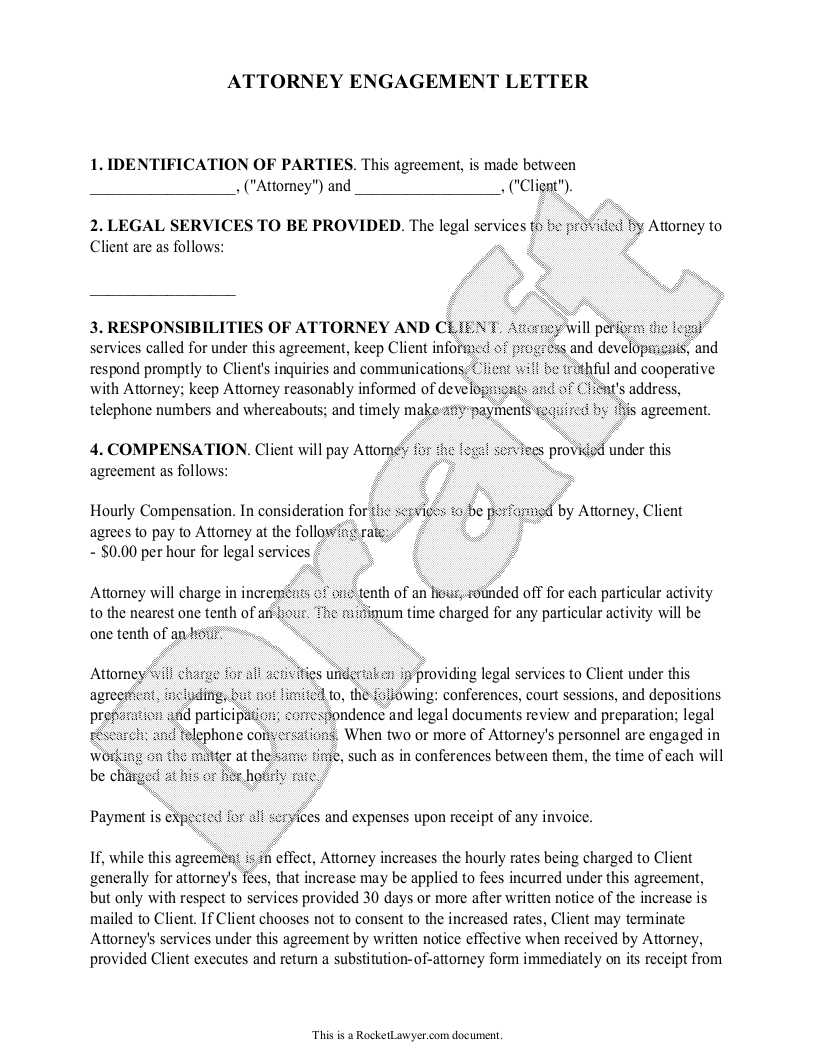
When working with clients on professional projects, it’s essential to establish a solid foundation of understanding. A well-drafted document that outlines both parties’ roles, expectations, and terms can prevent confusion and foster a more productive relationship. This written agreement serves as a guide throughout the collaboration, ensuring that both the provider and the client are aligned in their goals and responsibilities.
Having a clear, structured contract helps minimize disputes and misunderstandings. It not only defines the scope of work but also sets the stage for a smooth working relationship. In this article, we will explore the key components of an effective contract and how it can be tailored to suit various project needs.
Why Professionals Need a Formal Agreement
When embarking on a project with clients, having a formal document in place is crucial. It serves as a mutual understanding between both parties, clarifying the scope of work, timelines, and deliverables. This written confirmation ensures that everyone is on the same page and reduces the likelihood of future conflicts.
Without such a document, misunderstandings can arise, leading to dissatisfaction and potential legal complications. By outlining specific terms and conditions, a well-constructed agreement can protect both the provider and the client. It acts as a safeguard, offering clarity and security for the professional relationship.
A clear contract also establishes the expectations from the outset, helping to build trust and transparency. By addressing critical elements such as payment terms, project milestones, and confidentiality clauses, both parties can proceed with confidence, knowing their roles and responsibilities are defined.
Key Elements of an Effective Agreement
A well-structured contract is built on clear, comprehensive details that outline expectations and responsibilities. A solid agreement includes several essential components that help both parties understand their roles and the terms of the project. These elements ensure that the collaboration runs smoothly and that potential issues are addressed before they arise.
- Scope of Work: Clearly define the tasks, deliverables, and objectives. This section should outline exactly what services will be provided and what the client can expect.
- Timeline: Specify deadlines, milestones, and the overall duration of the project. Having a set timeline keeps both parties focused and on track.
- Payment Terms: Detail the payment structure, including rates, invoicing schedules, and any additional expenses. Transparency around finances is crucial to avoid misunderstandings.
- Confidentiality: Include clauses regarding the handling of sensitive information. Both parties should agree on how confidential data will be protected.
- Termination Clause: Outline the conditions under which either party may terminate the agreement. This ensures that both parties are clear on their rights if the relationship needs to end early.
- Liability and Indemnification: Define the extent of each party’s liability in case of errors, omissions, or disputes. This helps mitigate legal risks and clarify responsibilities.
By addressing these key areas, the agreement becomes a clear roadmap for the collaboration, minimizing ambiguity and protecting both the provider and the client.
How to Customize Your Template
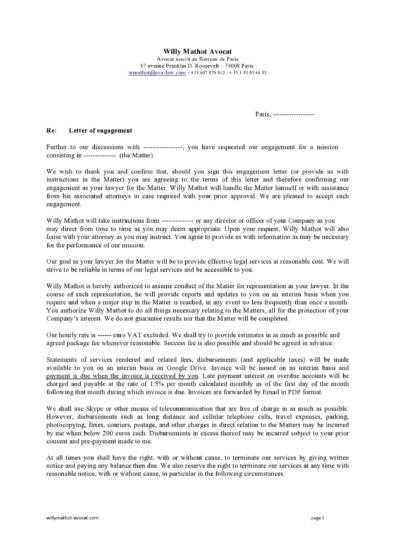
Adapting a standard document to fit the specific needs of a project is essential for ensuring that all terms are relevant and accurate. By personalizing the agreement, you can address the unique aspects of each client relationship, making sure the contract aligns with both parties’ expectations. Customization also allows you to highlight key elements that are specific to the work being done.
To begin, adjust the scope of services to reflect the exact nature of the tasks involved. Whether you are providing consulting, advising, or project management, make sure to list all the activities that will be undertaken. This helps prevent misunderstandings and ensures that both you and the client have a clear understanding of what will be delivered.
Next, review the payment structure and modify it to suit your business model. Whether you are working on an hourly, flat-rate, or milestone-based system, specify the agreed rates and timelines for payments. This will avoid any confusion regarding financial arrangements and ensure timely compensation.
Additionally, consider including clauses that pertain to the nature of the working relationship. For example, address whether you will act as an independent contractor or whether there will be any expectations regarding your availability or location. This is particularly important if the project involves flexibility or remote work.
Lastly, remember to update the legal protections within the document. Customize the confidentiality, termination, and liability clauses to ensure that both parties are protected in the event of unforeseen circumstances. Tailoring these protections to the specifics of the project will help minimize potential risks.
Common Mistakes to Avoid in Agreements
When drafting a professional agreement, it’s easy to overlook key details that could lead to complications down the line. Small errors or omissions can cause confusion or even legal disputes. To ensure your contract serves its purpose, avoid common mistakes that may undermine the clarity and effectiveness of the terms.
Vague or Unclear Scope of Work
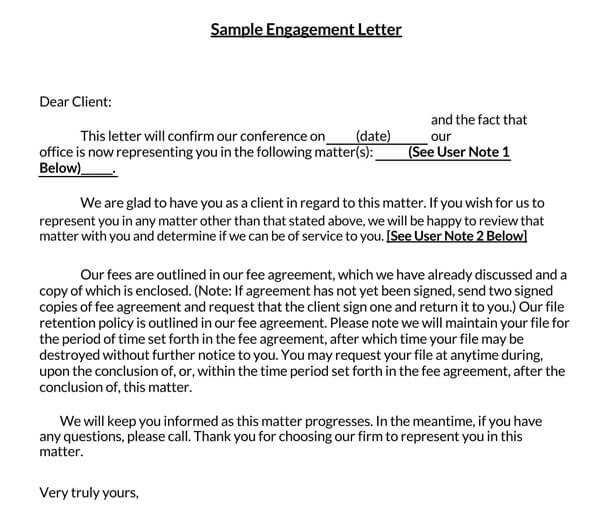
One of the most frequent mistakes is failing to clearly define the services being provided. A vague description of tasks or deliverables can lead to misunderstandings between both parties. Always be specific about what is expected, what will be delivered, and the timeline for completion. This prevents scope creep and ensures both sides are aligned in their expectations.
Ignoring Payment Terms and Deadlines
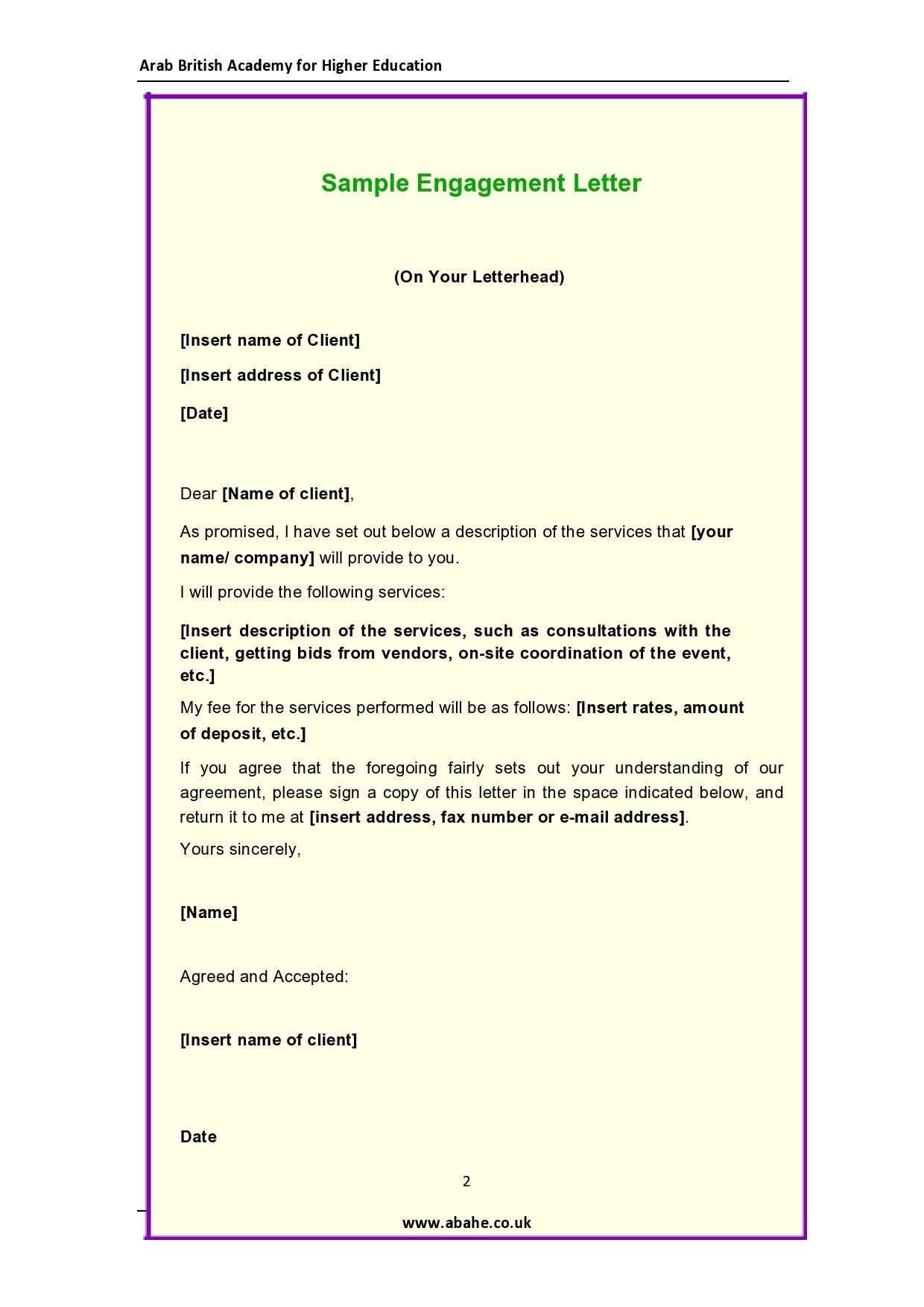
Another common mistake is not outlining payment terms in enough detail. Be sure to specify the agreed amounts, payment schedule, and any other financial arrangements. Failing to include these details can lead to disputes over billing or delayed payments. Additionally, always set clear deadlines to ensure the project stays on track.
By addressing these key areas and reviewing your document carefully, you can avoid common pitfalls and create a stronger, more reliable agreement.
Benefits of Clear Client Expectations
Establishing clear and well-defined expectations from the start is crucial for any professional relationship. When both parties have a shared understanding of the goals, timelines, and responsibilities, the collaboration tends to be more efficient and effective. This clarity reduces the risk of confusion, helps build trust, and creates a smoother working dynamic.
By setting specific expectations, you can ensure that both you and the client are aligned in terms of deliverables and deadlines. This not only prevents miscommunications but also allows for better planning and resource management. With clear guidelines in place, both sides are more likely to stay on track and achieve the desired outcomes.
Additionally, when expectations are well communicated, clients are more likely to feel confident in the process, knowing that their needs are being understood and prioritized. This leads to higher satisfaction, stronger relationships, and potentially more business in the future.
Legal Considerations for Professionals’ Contracts
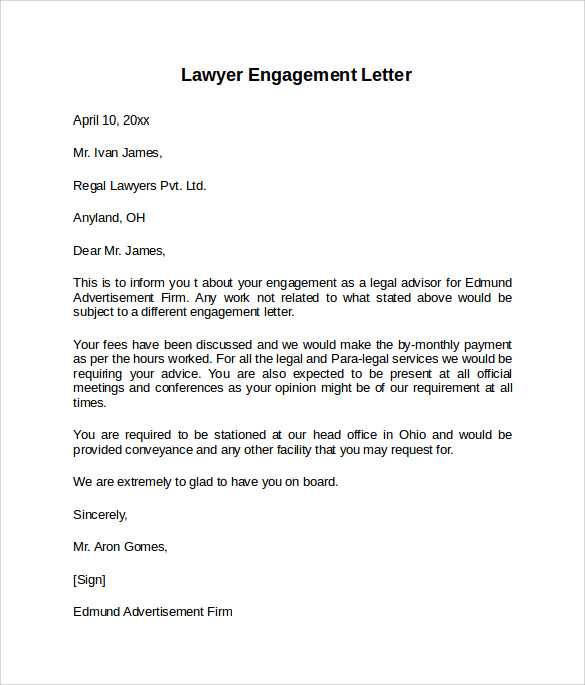
When entering into an agreement with a client, it is essential to be aware of the legal aspects that could impact the collaboration. Properly addressing legal requirements within the contract helps protect both parties and ensures that all terms are enforceable. From intellectual property rights to dispute resolution, several factors must be considered to avoid complications down the road.
One important consideration is the classification of the relationship. Defining whether you are acting as an independent contractor or under another type of arrangement can have significant legal and tax implications. Clarifying this upfront ensures that both parties understand their rights and obligations under the law.
Additionally, it’s crucial to address confidentiality, especially when dealing with sensitive information. A clear confidentiality clause helps protect proprietary data and ensures that both sides are aware of their responsibilities regarding privacy and data security. Another key element is the termination clause, which outlines how either party can end the contract if necessary, under specific conditions.
By taking these legal factors into account, you create a solid foundation for the project, reducing the likelihood of disputes and safeguarding your professional interests.